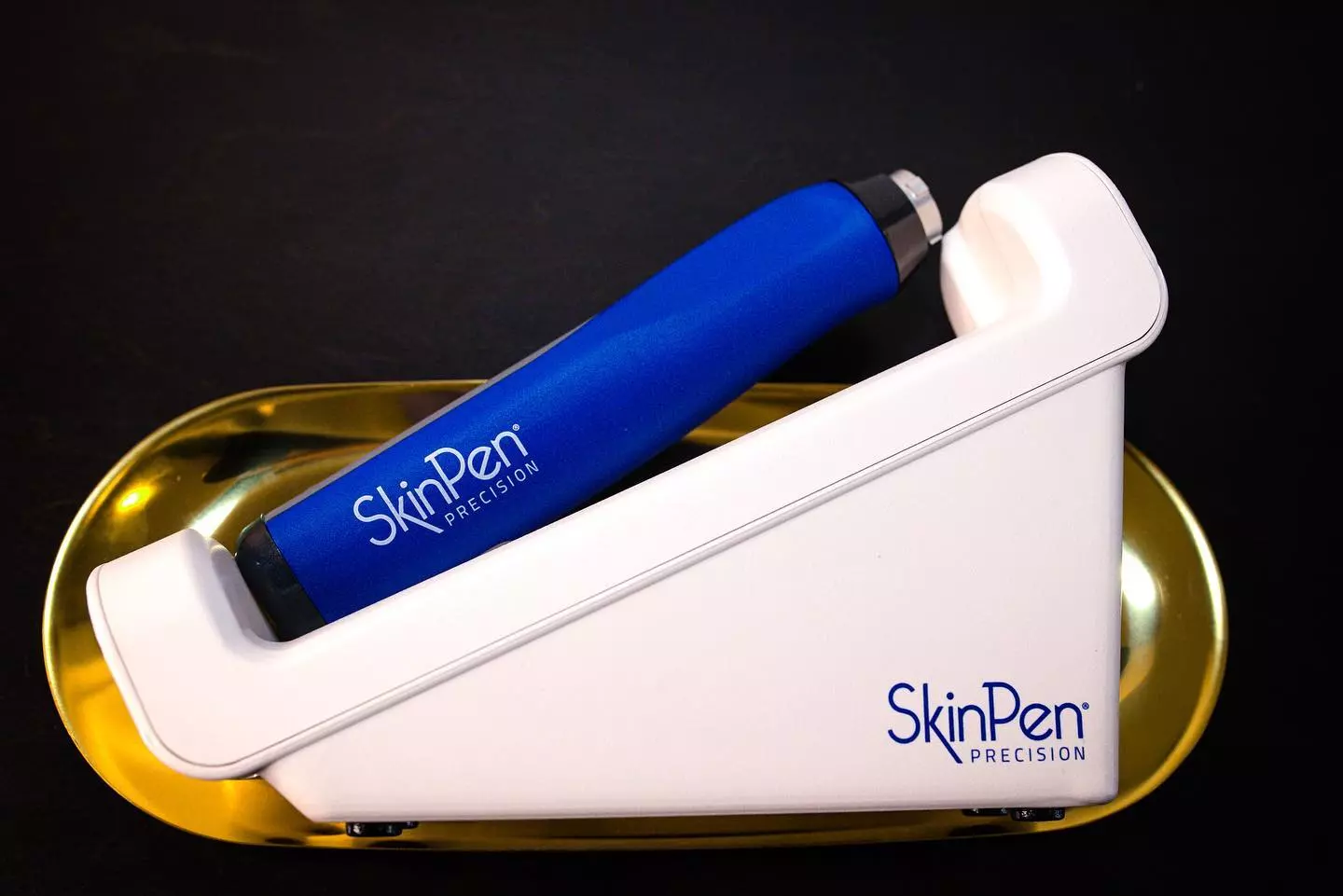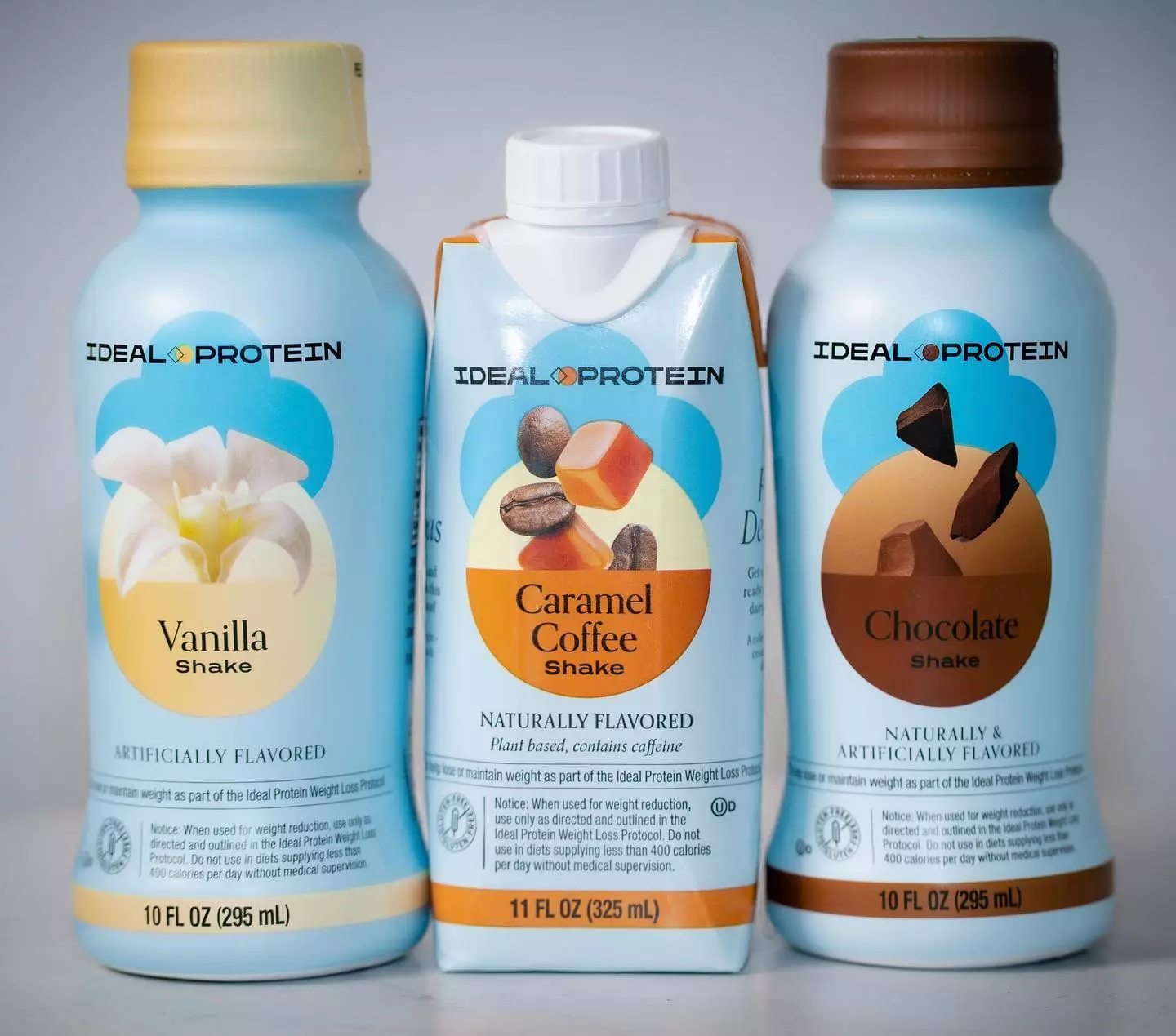Regenerative medicine’s popularity has skyrocketed in recent years as more and more people see it as a possible cure for their health problems. PRP (Platelet-rich Plasma) and Exosomes have emerged as two of the most cutting-edge and successful treatments among the many options now accessible. While platelet-rich plasma (PRP) and exosomes have promising applications in accelerating wound healing and tissue regeneration, it is necessary to distinguish between them.
This article will compare and contrast PRP and exosomes from various angles, including their definitions, functions, mechanisms of action, and administration methods. When people have a firm grasp of these distinctions, they are better equipped to determine which treatment option will meet their requirements.
What Are PRP And Exosomes?
PRP, or Platelet-rich Plasma, is a biological product obtained by processing a patient’s blood. The process involves drawing blood from the patient and then centrifuging it to separate the red blood cells from the plasma. The resulting plasma has a higher concentration of platelets than typically found in blood, which gives PRP its therapeutic properties. Platelets are known for their ability to release growth factors that promote wound healing and tissue regeneration.
In contrast, exosomes are small vesicles produced by cells and released into the extracellular environment. When a cell’s membrane folds inward, it creates a vesicle, a tiny sac that transports materials, including waste, messages, and DNA. Since exosomes can transport signals and genetic information between cells, they can influence the behavior of the recipient cells. This property makes exosomes a promising tool in regenerative medicine, as they can influence cells’ behavior in a targeted area.
How PRP And Exosomes Are Extracted
PRP, or Platelet-rich Plasma, is derived from a patient’s own blood. The process involves drawing a small amount of blood from the patient and then centrifuging it to separate the red blood cells from the plasma. The resulting plasma has a higher concentration of platelets than generally found in blood, which gives PRP its therapeutic properties. Using a patient’s blood ensures no risk of rejection or adverse reactions, as the product is biocompatible and biologically compatible with the individual receiving the treatment.
Exosomes, on the other hand, can be harvested from various sources. The most common sources of exosomes are blood, bone marrow, fat tissue, and placental tissue. Each source has its own unique properties and characteristics that make it suitable for specific applications. For example, bone marrow-derived exosomes have been shown to have a higher concentration of mesenchymal stem cells, making them ideal for regenerative medicine applications.
Similarly, fat-derived exosomes are rich in growth factors and are used in cosmetic treatments to rejuvenate the skin. Placental-derived exosomes have a higher concentration of cytokines and growth factors and are used in regenerative medicine applications to promote wound healing and tissue regeneration.
How PRP And Exosomes Are Used
Platelet-rich plasma, or PRP, is mainly applied in wound healing and tissue regeneration. Growth factors found in platelets are essential for accelerating the body’s natural ability to repair damaged tissues and heal wounds. When a platelet-rich solution is injected into an injured area, the growth factors are brought to the site of injury, where they can stimulate repair and restoration. Because of this, PRP can be used to effectively treat several medical issues, including tendinitis, joint discomfort, and wound healing.
However, exosomes have various uses beyond wound healing and tissue regeneration. It has been demonstrated that exosomes can regulate the behavior of recipient cells through the transfer of signals and genetic information. Because of this quality, exosomes can be used to treat a wide range of conditions, from aging skin and aching joints to neurological issues.
Moreover, exosomes can stimulate collagen formation and cell renewal in skin cells, making them a promising tool for aesthetic medicine to restore a more youthful appearance to the skin. Due to their anti-inflammatory and pro-regenerative properties, exosomes have found use in regenerative medicine to treat joint pain. Moreover, exosomes have demonstrated efficacy in increasing the growth and survival of nerve cells, making them a promising therapeutic option for treating neurological illnesses like Parkinson’s disease.
How They Are Applied
Platelet-rich plasma injections are administered directly to the affected area. This is because platelet-rich plasma (PRP) includes growth factors most effective when sent directly to an injury or damaged tissue site. A needle or other specialized delivery device is often used to inject directly at the site of injury or damage.
However, exosomes can be administered in several ways, each optimized for different use cases and outcomes. The following are examples of typical routes of exosome administration:
- Topical application: Exosomes can be applied to the skin using a topical cream, serum, or mask, allowing the exosomes to penetrate the skin and reach the underlying tissues.
- Intradermal injection: Exosomes can also be injected into the skin using a small needle, allowing them to reach deeper tissues and tissues close to the surface.
- Intravenous administration: Exosomes can be introduced into the body’s circulatory system by injecting them intravenously.
There are benefits and drawbacks to each of these administration techniques, so choosing the right one will depend on the circumstances and outcomes being sought. For instance, intravenous delivery can be the go-to for relieving joint pain or neurological diseases, whereas a topical application might be optimal for skin rejuvenation.
Which One Is Right For You?
In deciding between PRP and exosomes, it is vital to remember that both therapies are incredibly individualized and that the optimal decision for any given person will rely on several factors.
PRP is a fantastic option if you’re seeking a treatment that will speed up the recovery time from wounds and help your body repair itself. Tendonitis, joint discomfort, and other tissue injury are some of the most commonly treated with PRP.
However, exosomes may be the best option for those seeking therapy with additional benefits beyond wound healing and tissue regeneration. Rejuvenation of the skin, alleviation of joint discomfort, and treating neurological problems are just a few of the many conditions that can be helped by exosome therapy.
The best method to figure out what therapy is adequate for you is to talk to a doctor. Your healthcare professional is in the best position to advise you on which course of treatment is most appropriate, given your unique circumstances.
Please note that PRP and exosomes are not meant to be used in place of conventional medical care but rather to supplement it. To get the best care possible for a medical issue, it’s best to consult a doctor or other medical expert. Reach out to Aion Aesthetics for consultation or if you are interested in other aesthetic services.






















